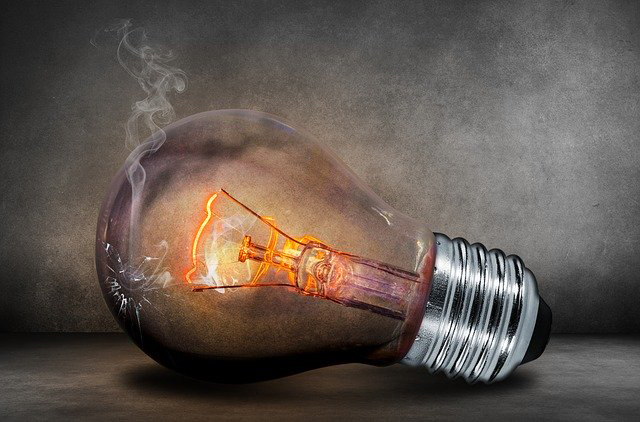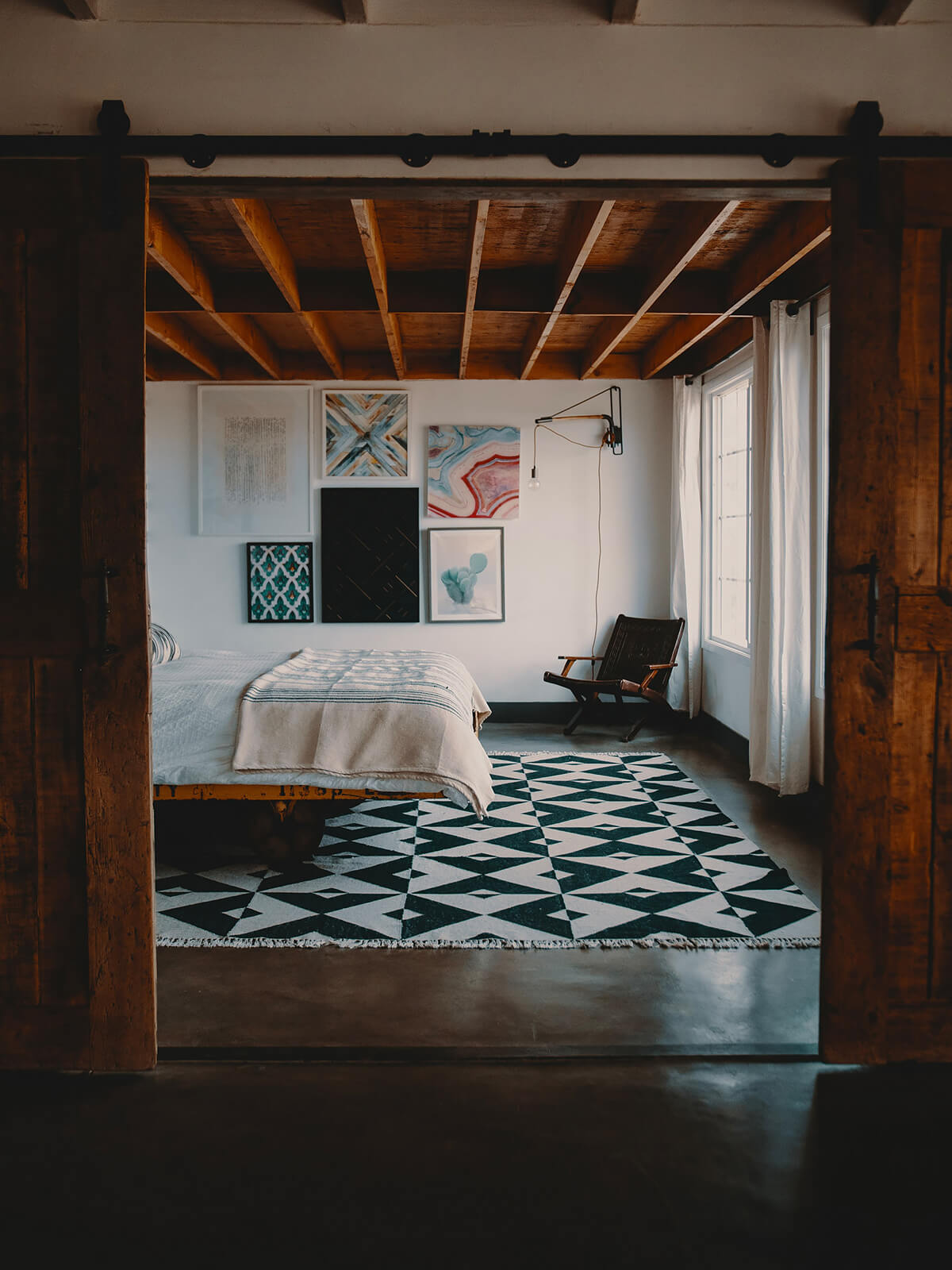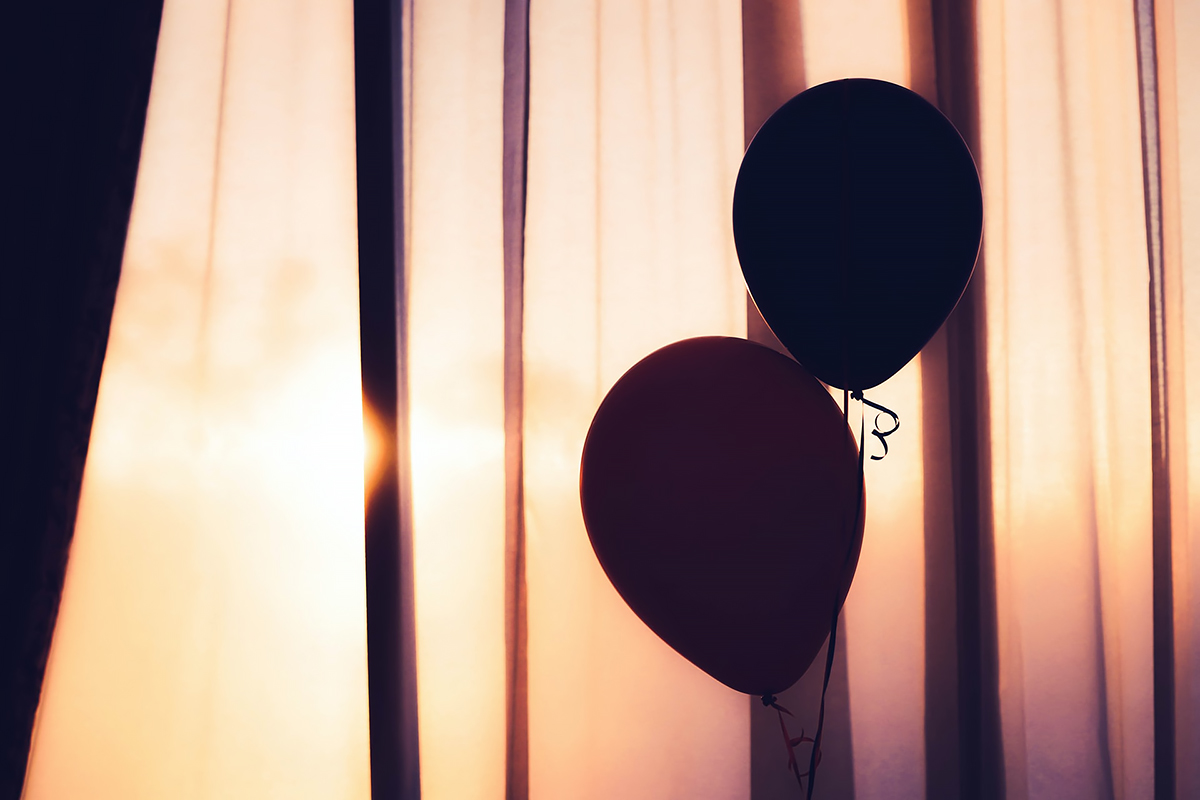Making proper use of lighting is a key to successful photography. Without enough of the proper lighting, your photos will not turn out how you want. To be able to make proper use of the available lighting, it's important to understand the different types of lighting and know how to use them. Try these tips for understanding and using two common types of lighting that you'll find in photography: Diffuse and ambient lighting.
What is ambient lighting?
Ambient lighting can be a little tough to define. It essentially is the collection of light that is reflected throughout a scene. Think of ambient light as the light that exists inside a shadow and that fills in shadows. For example, when there is enough sunlight to illuminate some of the objects inside a soft shadow, the light that reaches those objects is ambient light.
It is reflected from elsewhere to reach those objects, even though they are in a shadow that blocks the primary, direct light from the sun, as shown in the photo included here.
Limit shadows’ impact
Ambient lighting is key for photographs where you want to limit the impact of shadows. For example, if you're shooting an outdoor photo, ambient light is important to allow you to see details within the shadows.
Use reflectors
You can add reflected light to a scene, especially when working in a studio or when shooting in an outdoor area in the shade, to remove shadows and provide more ambient lighting to a scene. However, too much ambient lighting can cause a photograph to appear flat and without detail, so add light carefully.
Look for colors that pop
On a day where ambient lighting dominates the scene, such as on a day with even, thin clouds, you need to seek out objects that have strong colors or shapes, as those will give your photos some pop, allowing you to counteract the flat look that ambient lighting causes. Certain types of color will show up better in this type of lighting condition, such as a strong red or green.
What is diffuse lighting?
Diffuse lighting is any light that comes from a large surface, either as a directly emitted light or as a strongly reflected light. Diffuse light is not emitted directly from a primary point-of-light source. One example of diffuse light is sunlight that comes directly through a window in a home, but where the window is covered by a light curtain (usually white) that softens the light.
Creating a realistic look
Diffuse lighting is good to use in many types of photographs, because it softens shadows, and it enhances the three-dimensional qualities of a subject. When shooting a photo where there is a dominant subject in the scene, such as a portrait photo, diffuse lighting can give you good results.
Try umbrellas
You also can create a diffuse lighting situation by using light boxes and umbrellas in your photos. Again, these are common tools used in studio photography to create just the look the photographer wants.
Perfect lighting conditions
On a day where diffuse lighting dominates the scene, you'll want to make sure you have plenty of memory card space, because the conditions are perfect for shooting. The biggest problem to watch for is making sure the diffuse light is at an angle to the subject; you don't want the diffuse light to be directly behind or directly in front of the subject, if at all possible.
Shoot after sunset
Many photographers seek out diffuse lighting by shooting in the hour after sunrise or before sunset. Just make sure that you have a tripod with you when shooting at a time of the day when the light is minimal, or you'll run the risk of having a slightly blurred photo from camera shake.
What to Choose?
You should define what you want to see as a result of shooting by evaluating natural conditions. For example, ambient lighting is suitable for outdoor and studio photos, but you should remember to make visual accent in order to avoid flatness. In this case, reflectors are perfect for studio photos as well as strong colors for outdoors.
Speaking about diffuse lightning it's necessary to emphasize its perfect attribution to photos where there is a dominant subject in the scene. While you're using this type of lightning you should create ideal conditions by making sure the diffuse light is at an angle to the subject. You can use umbrellas to achieve it or shoot after sunset if it's outdoors.
About the author:
Diane H. Wong is a copywriter at
DoMyWriting. Besides, she is a professional nutritionist. So she is going to start writing her own blog. It can help her share her knowledge with others.



